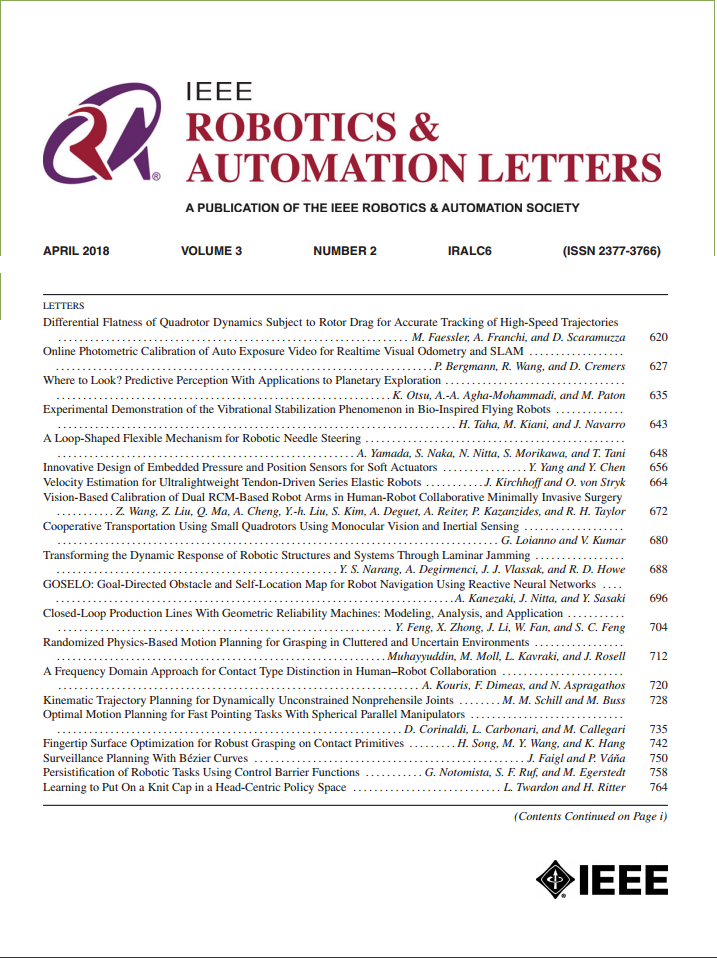Context-Aware Graph Inference and Generative Adversarial Imitation Learning for Object-Goal Navigation in Unfamiliar Environment
IF 4.6
2区 计算机科学
Q2 ROBOTICS
引用次数: 0
Abstract
Object-goal navigation aims to guide an agent to find a specific target object in an unfamiliar environment based on first-person visual observations. It requires the agent to learn informative visual representations and robust navigation policy. To promote these two components, we proposed two complementary techniques, context-aware graph inference (CGI) and generative adversarial imitation learning (GAIL). CGI improves visual representation learning by integrating object relationships, including category proximity and spatial correlation. It uses the translation on hyperplane (TransH) method to infer context-aware object relationships under the guidance of various contexts over navigation episodes, including image, action, and memory. Both CGI and GAIL aim to improve robust navigation policy, enabling the agent to escape from deadlock states, such as looping or getting stuck. GAIL is an imitation learning (IL) technique that enables the agent to learn from expert demonstrations. Specifically, we propose GAIL to address the non-discriminative reward problem that exists in object-goal navigation. GAIL designs a dynamic reward function and combines it with environment rewards, thus providing guidance for effective navigation policy. Experiments in the AI2-Thor and RoboThor environments demonstrate that our method significantly improves the effectiveness and efficiency of navigation in unfamiliar environments.求助全文
约1分钟内获得全文
求助全文
来源期刊

IEEE Robotics and Automation Letters
Computer Science-Computer Science Applications
CiteScore
9.60
自引率
15.40%
发文量
1428
期刊介绍:
The scope of this journal is to publish peer-reviewed articles that provide a timely and concise account of innovative research ideas and application results, reporting significant theoretical findings and application case studies in areas of robotics and automation.
 求助内容:
求助内容: 应助结果提醒方式:
应助结果提醒方式:


